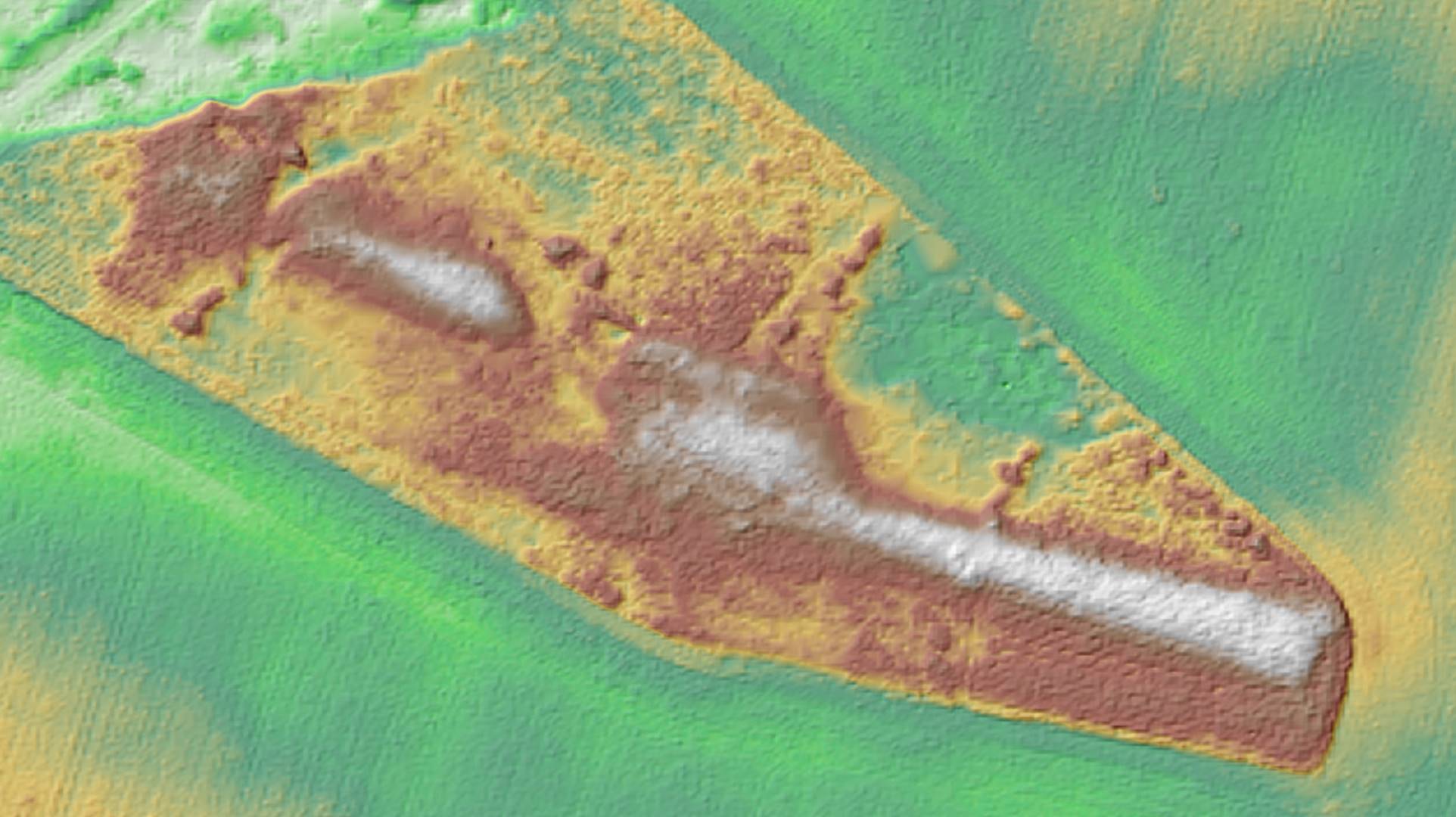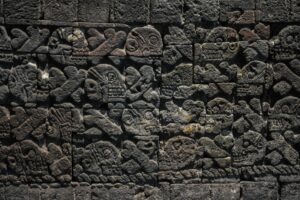500 Years Old Shipwreck in Barcelona Discovered
A 500-year-old medieval shipwreck in Barcelona has been unearthed in Barcelona near Ciutadella Park, revealing key insights into Mediterranean shipbuilding and coastal history during the late Middle Ages.
1. What Is the Significance of the Barcelona Medieval Shipwreck Discovery?
On April 26, 2025, archaeologists unearthed the “Ciutadella I” shipwreck near Ciutadella Park, Barcelona. Estimated to be from the 15th or early 16th century, this discovery sheds new light on Barcelona’s maritime past. Experts believe the vessel’s excellent preservation offers crucial evidence about the city’s coastal transformations after the first artificial docks were built in 1439, an era of vital trade development in the Mediterranean.
2. How Was the Ciutadella I Shipwreck Preserved for Centuries?
The medieval ship remained remarkably preserved for over 500 years under layers of sediment and sand. These natural barriers protected its wooden structure from oxygen, preventing decay. After excavation, archaeologists immediately implemented 3D photogrammetry techniques and sand coverage to slow deterioration. Future conservation plans include treating the timbers with polyethylene glycol, ensuring the ship’s longevity as an important historical artifact for generations to study and appreciate.
3. What Does the Ship’s Construction Reveal About Medieval Maritime Techniques?
The Ciutadella I features “skeleton construction,” a traditional Mediterranean shipbuilding style from the late Middle Ages. Measuring approximately 10 meters long and 3 meters wide, it has over thirty curved ribs and at least seven hull planks. This structural technique, common during the era, demonstrates the sophistication and evolution of medieval European naval architecture, emphasizing strength, flexibility, and adaptability crucial for long-distance maritime trade across the region.
4. What Was Barcelona’s Coastal Landscape Like During the 15th Century?
In the 15th century, Barcelona underwent dramatic coastal changes following the 1439 construction of its first artificial docks. The shipwreck’s discovery highlights how shifting sands and natural coastal evolutions dramatically shaped maritime activities. Santiago Palacios, the lead archaeologist, noted that the vessel was likely stranded by coastal movements rather than sunk during a storm, emphasizing the dynamic environmental factors impacting medieval Barcelona’s shoreline development.
5. How Are Modern Technologies Assisting Shipwreck Preservation Today?
Advanced conservation techniques like 3D photogrammetry and polyethylene glycol treatments are crucial in preserving the Ciutadella I wreck. 3D mapping captures high-precision details without causing physical harm. Meanwhile, polyethylene glycol replaces water in wood cells, preventing shrinkage and cracking. These cutting-edge methods ensure that historical artifacts like the Ciutadella I can be stabilized, studied, and displayed for academic research and public exhibitions well into the future.
6. Why Is the “Ciutadella I” a Landmark Discovery for Archaeology?
The “Ciutadella I” is one of the few medieval shipwrecks found so close to an urban European center. Unlike deep-sea discoveries, urban shipwrecks like this offer contextual archaeological data about daily life, commerce, and coastal development. The vessel’s proximity to the old fish market suggests its possible role in trade, making it an invaluable piece of Barcelona’s commercial history during the late medieval period.
7. How Will the Discovery Impact Barcelona’s Cultural and Tourism Landscape?
Barcelona City Council plans to integrate the Ciutadella I shipwreck site into its redevelopment project for a new science and innovation hub. Featuring the wreck in public exhibits could boost cultural tourism, drawing history enthusiasts worldwide. Spain’s tourism board estimates that maritime heritage sites see a 20% spike in visitor numbers when new artifacts are unveiled, indicating major potential for economic and cultural revitalization.
What Makes This Story a Must-Read?
This discovery intertwines history, technology, and environmental science, showcasing Barcelona’s rich maritime legacy. The Ciutadella I shipwreck not only enriches medieval historical understanding but also reflects on modern conservation triumphs, making it a remarkable chapter in archaeology.
Share this content:














Post Comment